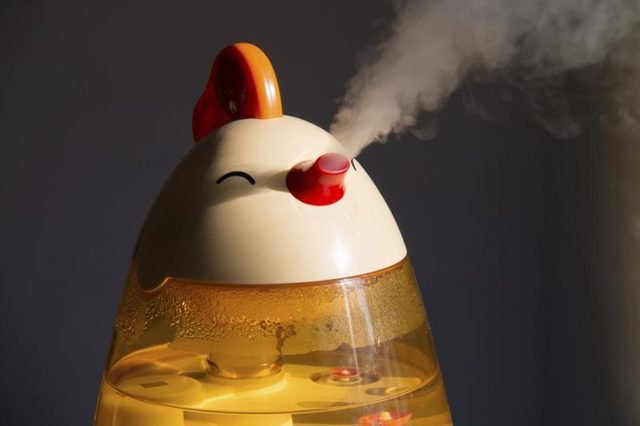
The amount of water vapor present in the atmosphere is referred to as humidity. As the temperature decreases, so does the humidity. As we all are aware, an excess of anything proves to be harmful. As such, such an extreme lack of humidity can have serious effects on human beings.
When the amount of water vapor is very low and the air is dry, it could lead to dry skin, bloody noses and chapped lips. Your nose mite begin to peel and it may also cause sinusitis. This is when you know its time to buy a humidifier. The humidifier is what adds moisture to the air. Just the way you would moisturize your dry skin with baby lotion, the humidifier does the same to dry air.
The humidifier works in 5 ways:
- Central humidifier, as the name suggests, humidifies the entire house centrally. It is installed in your heater or air conditioner for this reason. This humidifier works without emitting steam and is therefore child friendly.
- Evaporators: This humidifier makes use of a fan and a moistened filter to blow moisture to the air. The inconvenience here is that it can be used in only one room at a time. Unfortunately it may even give out too much moisture which in turn may become an inconvenience.
- Impeller Humidifier: Like the evaporator, this too can be used in one room at a time. Impeller humidifiers create mist with the help of rotating disks. Since there is no possibility of burns, this humidifier is child friendly.
- Steam Vaporizer: Unlike the rest, the steam vapor humidifier runs on electricity. Since it heats water and later cools it to add moisture to the air, there is a high possibility of burns and therefore this humidifier is not child friendly.
- Ultrasonic Humidifiers: These humidifiers like impellers also expel mist. But this mist could be either cool or warm. It is able to work on ultrasonic vibration and is available in different sizes.
To learn more about the different humidifiers in the market, you can visit https://toohumid.com/ and read our reviews.
Using the humidifier for too long can also have a negative effect. This is because keeping the humidifier on for too long will increase the level of moisture in the air. This could lead to dampening of your walls, along with mould build up and dust mites. Therefore you need to understand what the required level of moisture is and use the humidifier accordingly. The ideal level of humidity is between 30-50 percent. Any percentage higher or lower than that could lead to the problems as mentioned above. You can use a hygrometer to determine the level of humidity. If the humidifier doesn’t already have a built-in hygrometer, you can purchase one at your local department store.